-
Posts
167 -
Joined
-
Last visited
-
Days Won
5
Content Type
Profiles
Forums
Gallery
Posts posted by resser
-
-
- Skimz Calcium Reactor CM113 DUO - $230
- Skimz Recirculating Biopellet Reactor RR113 - $200
- Deltec Skimmer SC1456 - $450
- 1HP Mitsubishi Compressor, includes STC 1000 temperature controller (wired myself), no coil. - $250
Both Skimz reactors are brand new, collected from Aquamarin just today (date of this post). Warranty within, stamped with today's date.
Deltec skimmer was in use for 3 or 4 months, still under local warranty.
You either buy titanium coil off Fishstreet/ Aliexpress and I'll provide contact to assemble or get Derrick to sell you his blue resined copper coil and his welding skill.
Pictures later.
Kindly contact me at nine, four, five, double zero, double three, nine.
-
-
-
So I reduce my zeobak dosing from 3 times a week to 1 time half the dosage and increase Zeostart dosage by another 50%.
You mean the other way around (see Zeovit bible)?
This is a compilation of how much Zeostart3 the gurus are dosing.
Cyano gets a huge kickstart and thrives on carbon source (Biopellet, Vinegar, Vodka, Zeostart3, NoPox, etc). Especially if the tank started on dead sterile unhealthy rockwork, and carbon source is added without being taken up by quick multiplying heterotrophic bacteria (Zeobac, Polyplab Genesis, Ultrabio, etc).
-
 3
3
-
-
I have noticed KH and PO4 is linked to SPS PE extension, not just KH alone.
I had PO4 at 0.06ppm to 0.1ppm, my KH needs to be above 8.5 for better PE, perhaps even higher but I've never gone there.
Now with PO4 around 0 - 0.02ppm, it needs to be below 8. I am at 7.8dKH, perhaps the 7 - 7.5dKH range but I am lazy.
I may be completely wrong though.
-
Let me hazard a guess, eggs probably from snails, unlikely but could be from fishes. Have you noticed your snails sucking faces doing the hanky panky?
-
...You also require dedication and commitment to using zeovit, i.e shaking your reactor, daily dosing of basic 4, coming out with a schedule for the rest of the products (and twerking as necessary)...
I can't twerk in front of my tank, I have bad back. My kids would probably seek medical help if they see daddy twerking. I know you meant tweak, too much T & A swimming inside your head bro.
@Threadstarter
You listed all four carbon dosing methods (missing out on biopellets only). Dosing organic carbon carries inherent risks, a lot of manual labour (exception of biopellets), a lot of experience understanding what your tank is telling you.
I have not heard of anyone carbon dosing, NOT encountering cyanobacteria, strange tough brown hairy algae, and myraids of unexplained oddities. Only the severity varies.
Have you research old school all natural methods?
-
- 5 months old tubes are 2 Coral+, 1 Purple+, 3 Blue+.
- New unused, original variable DC adapter for the fans from ATI (I used my own)
- New unused, original hanging kit from ATI (I used my old Radion hanging kit)
- 4 tubes of new, unused Aquablue Special.
- Ghetto-wrapped.
- Items bought on 12th Nov 2014
- Started using on 25th Dec 2014
- Here is the amazing thing about Janet Yeong @ Aquamarin, the warranty is transferable. Then again, it's ATI, as if you need warranty.
-
- Asking $550
- 4 feet
- Six tubes
- 5 months old
- Includes all six 5 months old tubes and 4 new Aquablue Specials tubes
-
MIX
Mix these liter by liter in a clean saltmix pail. Add the required amount into 1 Liter, grab the pail and twirl 10 seconds, rest, twirl again, the solution should clear in 3 minutes. If you add the entired amount into 5 Liters, you will have a hard time dissolving them manually.
Calcium• Calcium Chloride Dihydrate
FM Balling Light recommends 400 grams into 1 Liter
Randy recommends between 66 grams to 660 grams per Liter
0.3668 grams into 100 Liters raises 1 ppm of Ca.
• Anhydrous Calcium Chloride
66.6 grams into 1 Liter to have no precipitates.
0.2769 grams into 100 Liters raises Ca by 1ppm.If you have precipitation, you won't get 0.2769 grams raising 1 ppm in 100 Liters, and get floaty white flakes in display tank. Anhydrous Calcium Chloride looks wet when exposed to air and mixes hot unlike Dihydrate which already has 2 moles of water.
Alkalinity• Sodium Bicarbonate
100 grams per 1 Liter with room temperature rodi water (from above link)
0.1679 grams into 100 Liters yeilds 1 ppm of CaCO3 (or 0.056 dkh).
• Sodium Carbonate
100 grams per 1 Liter with room temperature rodi water.
0.10589 grams into 100 Liters yeilds 1ppm of CaCO3 (or 0.056 dkh).
You should get clear solution if Sodium Bicarbonate is mixed liter by liter. If you mix with hot water, you get half pass six Sodium don't-know-what-Carbonate as the water cools before all the Bicarbonate bits loses CO2 to become Carbonate. . Properly heated Arm and Hammer baking soda from some NTUC at 200°C in oven for 1+ hour yeilds Sodium Carbonate. Carbonate raises pH more than Bicarbonate, more concentrated, and uses less solution per ppm. Sodium Bicarbonate looks more talcum powdery, Sodium Carbonate looks more sugar-like.CALCULATIONS
• Calcium Chloride Dihydrate, CaCl2·2H2O
Molar Mass of CaCl2·2H2O is 147.01456 g/mol
Molar mass of Ca is 40.078 g/mol
Ratio of Ca to CaCl2·2H2O is 40.078/147.01456 = 0.272612 = 27.2612%
1 gram adds 2.72612 ppm Ca to 100 Liters, or 0.3668 grams adds 1 ppm Ca to 100 Liters
• Anhydrous Calcium Chloride, CaCl2
Molar mass of CaCl2 is 110.984 g/mol
Molar mass of Ca is 40.078 g/mol
Ratio of Ca to CaCl2 is 40.078/110.984 = 0.361115 = 36.1115%
1 gram adds 3.61115 ppm Ca to 100 Liters, or 0.2769 grams adds 1 ppm Ca to 100 Liters
• Sodium Bicarbonate, NaHCO3
Molar mass of NaHCO3 is 84.00661 g/mol
Molar mass of Calcium Carbonate, CaCO3 = 100.0869 g/mol
0.2 * (84.00661 / 100.0869) = 0.167867343278690817679436569621 grams
1 gram adds 5.957 ppm CaCO3 to 100 Liters, or 0.1678 grams adds 1 ppm CaCO3 to 100 Liters
• Sodium Carbonate, Na2CO3
Molar mass of Na2CO3 is 105.98844 g/mol
Molar mass of Calcium Carbonate, CaCO3 = 100.0869 g/mol
0.1 * (105.98844 / 100.0869) = 0.10589641601448341391330933418859 grams
1 grams adds 9.4431 ppm CaCO3 to 100 Liters, or 0.10589 grams add 1 ppm CaCO3 to 100 Liters -
They are about 3 to 4 months old.
I used them to supplement T5, like this.
They were bought from the linked URLs below, click for details.
$850 includes:
- 2 sets of 10ft 3.5mm Mini-Stereo Male to Male (cables for daisy chain between lights and/or controller)
- Kessil Spectral Controller (powered by standard 5V USB cable, adapters works with local 220V with USA type header plugs, or use any 5V mobile phone charger).
Kindly message me at 945-double zero-double three-9.
-
Liew™, I changed underwear.
-
Perhaps it's the glass of your tank? Cloudiness of water?
Anyhow, here's a quick test.
http://colorvisiontesting.com/ishihara.htm
PS. I can't see anything except 16.
-
-
Thank you for so many interests. I apologise if I can't get back to all so quickly.
However, I appreciate a deposit to my account if you wish to reserve the Vortechs.
I've been 'flown aeroplanes' one too many times. Very uncool to tell somebody else it's sold only to have buyer withdraw a week later.
-
1) Arctica 1/5 Chiller - $280Used for approximately 3+ years. Serviced and in storage for 1 year.
2) Vortech MP40W ES - $300 each
Used for approximately 1 year. Cleaned and in storage for a month.
Kindly message me at 945, double-zero, double-three, nine.
Pick up at Shelford Road.
Add $20 for after working hours delivery.
-
1) Arctica 1/5 Chiller - $280
Used for approximately 3+ years. Serviced and in storage for 1 year.
2) Vortech MP40W ES - $300
Used for approximately 1 year. Cleaned and in storage for a month.
Kindly message me at 945, double-zero, double-three, nine.Pick up at Shelford Road.
Add $20 for after working hours delivery.
-
Only Ecocity sells the Kessil gooseneck. Email or call him and ask for cash on delivery. It'll take at most 2 weeks.
I used to mount mine from the ceiling with Radion hanging kits, works perfectly.
LEDs are great for LPS. Kessils are great for frags of SPS, no so with colonies (great growth but really bad colour beyond 50% spectrum), it's too much of a point light source. Remember to start with 40% spectrum and 50% intensity.
-
Normal tap water about 80+ ppm I using crystal pro 3 stage set I think I did perhaps 200-300+ litres on the DI water So when I tested it yesterday, the reading gave me 40+ ppm. I set up using seawater. So how ah ?
Bro,
I am assuming you are only running DI resins without the RO + carbon + filter part?
I used to do that for my nano, the flow through resin should be very very slow. You should be seeing fast drops of water out of the resin, not a flow/ stream. Worse than postrate problems.
I used to change at 2ppm of TDS. They exhaust very quickly, about 150 liters worth of clean water if I remember correctly. Really not worth the money replacing them this way.
-
Sold to a no nonsense steady reefer.
-
Hi,
If you rub your fingers over new reefing equipment, they will come off slightly greasy, it's this plastic greasy thingy that causes overflowing skimmers. Equipments like reactors, skimmers, wavemakers, filters socks/ wools. It is especially noticeable when your water is clean and tank newish. You can test it yourself again, just put in new filter wool and watch the fun and joy. For older stable tanks, it will happen too but they stablise within hours.
For every new purchases you plan to immerse into your tank, it is best to soak it in hot water (not boiling, that will weaken rubber seals, but just hot). You should see stubborn bubbles on greasy equipment, soak until the bubbles go away, 48 hours or so. Or you can just rub it with all the love you can muster under the tap.
If you have already dump something brand new in without cleaning, you need about 10% tank volume worth of new saltmix next to you as you empty your skimmer cup and replace with new saltmix. Tedious work. -
-
I stay nearer to jelita cold storage
Zoe Tay your neighbour?
I stay along Shelford Road.
-
Ah ok, you are downgrading. My heart nearly stopped until I scrolled down.



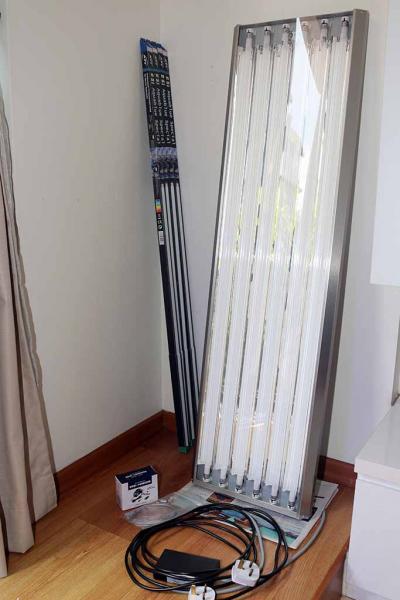
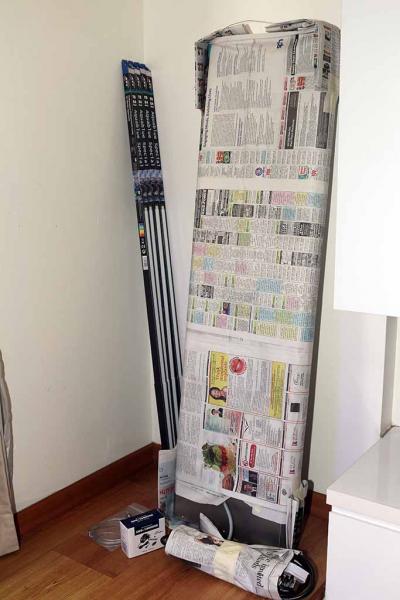
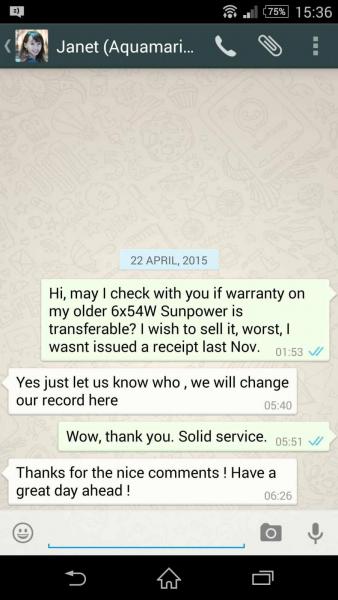
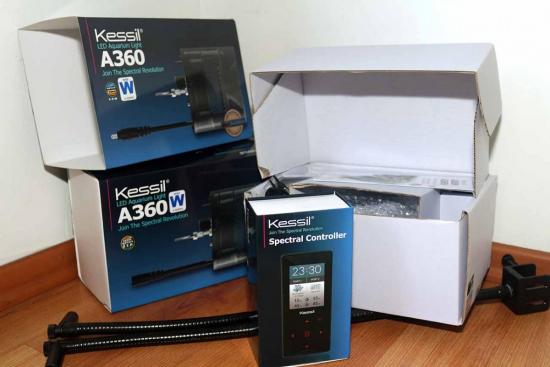
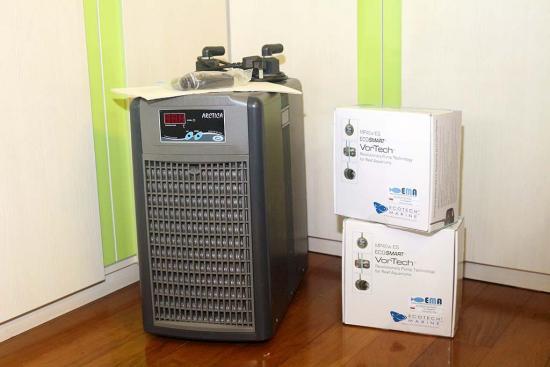
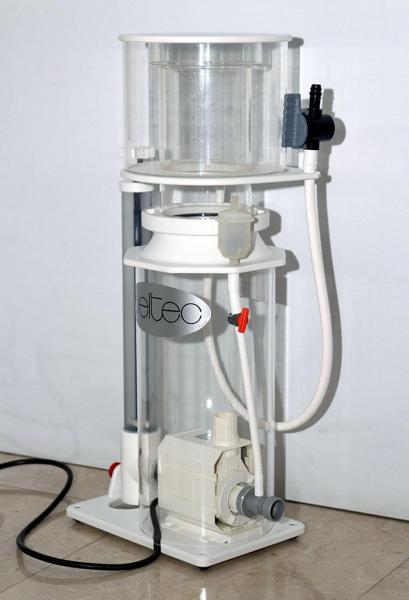
WTS: Skimz, Deltec, Mitsubishi
in Sell off/Pasar Malam Shop
Posted
The above are still available.
The skimmer is a Deltec SC1456, DC pump, very quiet, and I suspect, the only one sold in Singapore. I could be wrong but I think Seet has not brought in anymore. Still under warranty.
No more reservations, got played out by TWO pilots already. Ng@****4393 and Tan@****0882.